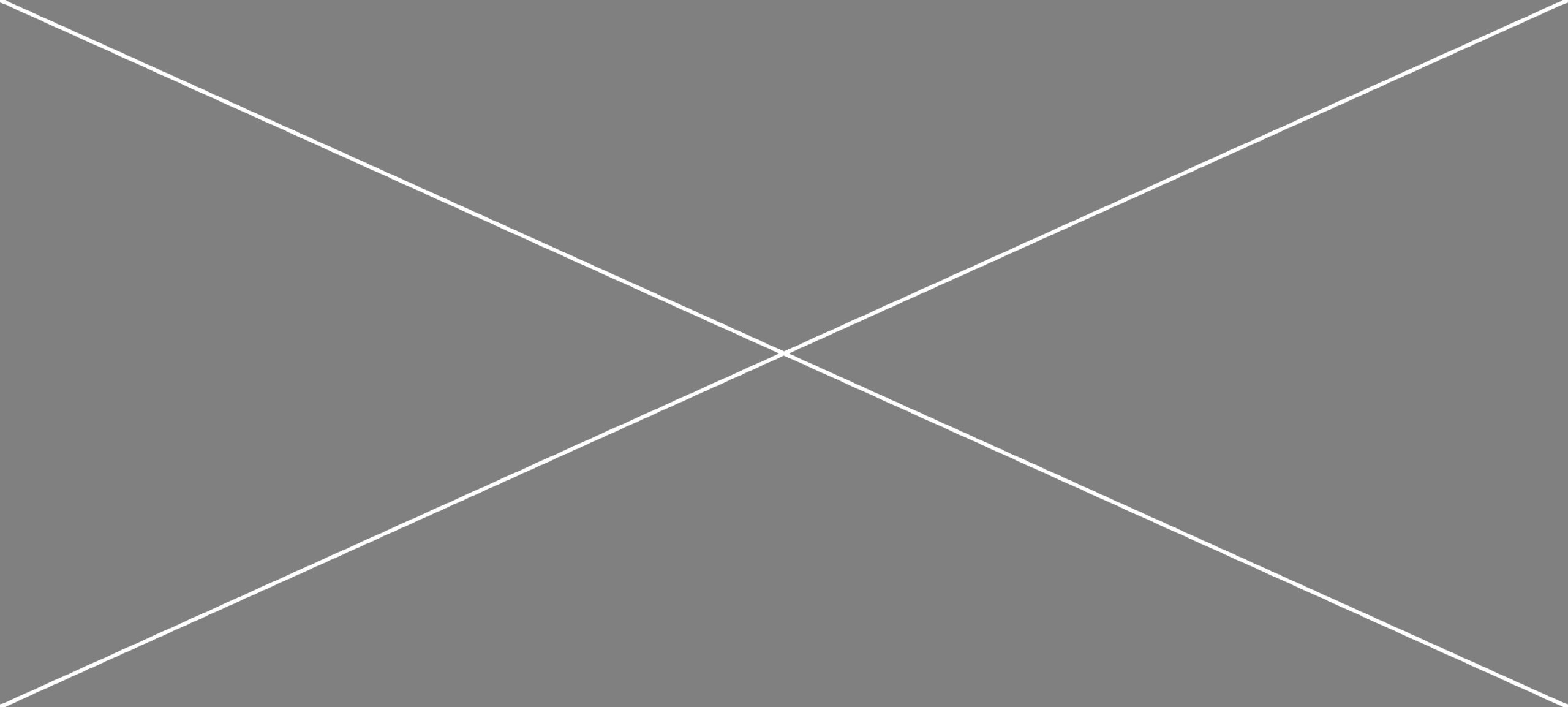If there’s a gravitational center to my small experiments with the urban, it’s Georges Perec’s insistence that attention belongs with what barely appears—the infra-ordinary. In his short essay “Approaches to What?” (in Species of Spaces and Other Pieces, 1997), Perec asked what happens every day and recurs every day: “the banal, the quotidian, the obvious, the common.” Rather than searching for the extraordinary, he urged us to attend to what “does not call attention to itself.” This is less a topic than a methodological instruction—a way to tune oneself to the minor drifts of a place, to its temporal rhythms and micro-events, to the inventories that compose a street hour by hour.
Tin Ethnography extends that instruction into a pocket format. Where Perec sat in a café trying to exhaust what passed through a Parisian square (An Attempt at Exhausting a Place in Paris, 2010), I move through Bogotá’s streets with a small metal tin. This portable cabinet compresses fieldwork into a hand-held archive. Inside: labels, residues, tiny tools, and notes. The tin does not represent the field; it operates it. It regulates attention (what fits, what doesn’t), enforces scale (you can only carry so much), and invites procedural repetition (open, sort, annotate, rearrange). In short, the tin becomes a Perecian device for infra-ordinary noticing—an analog constraint that makes attentional craft tangible. If Perec’s lists were compositional scores, the tin is my instrument for performing them in motion.
This pocket archive continues the logic of Tarde, my series of experimental-printed zines that treated field fragments as material evidence. There, the page was the unit: folds and cuts made the “specimen” appear as a sequence; textures of ink and paper made the scene tactile. In Tin Ethnography, the unit shifts from page to container, from serial unfolding to curated adjacency. Yet the Perecian impulse persists: to register the city as a concatenation of slight events—odors, scuffs, glints, micro-repairs, price chalkings, stains—each a candidate for ethnographic care. As in Perec’s inventories of buses and pigeons, these fragments belong to the unnoticed infrastructure of the everyday.
My ongoing reflections on my practice as a form of Studio Ethnography provide the environment in which these formats are tested. Drawing on Studio Studies: Operations, Topologies & Displacements (Farías and Wilkie 2016), I treat the studio not merely as a space of production but as an analytic apparatus—an ecology of tools, gestures, and protocols that make fragments comparable and thinkable. A studio is a choreography of operations (labeling, mounting, photographing, printing, pinning) that materializes thought. In this sense, the studio answers Perec with practice: it translates the infra-ordinary into method through acts of handling, arrangement, and display.
There is also a politics of the infra-ordinary that continues to guide these experiments. Attending to what “barely counts” is not an escape from urgency but an ethical practice of care. The slow description of residue, the patience of inventory, the insistence on material form—these constitute what multimodal anthropologists Ethiraj Gabriel Dattatreyan and Isaac Marrero-Guillamón (2019) call the politics of invention: the idea that methods themselves can be media. Drawing, printing, sound, and curation are not just ways to communicate research; they are modes of inquiry that generate knowledge otherwise. Tarde tested this by insisting that a zine could be a method, not a product; Tin Ethnography extends it by treating the container itself as a methodological constraint.
If Perec’s An Attempt at Exhausting a Place in Paris worked by staying put and letting the square pass through the page, Tin Ethnography works by moving while holding a constant volume. The tin’s constraint performs the same conceptual labor as Perec’s café table: it enforces a discipline of attention. Open—what’s here? Close—what remains? Reopen—what has shifted? These iterative gestures generate what I call specimenography—the curatorial practice of stabilizing fragments just enough to think with them, without stripping away their contingency. Perec’s Species of Spaces and his concept of the infra-ordinary provide the conceptual backbone; the tin and the studio supply the operational grammar.
I also read Perec alongside Kathleen Stewart’s Ordinary Affects (2007), which teaches anthropology how to dwell with the ordinary without neutralizing its intensity. Stewart’s writing shows how atmospheres, jitters, and micro-surges carry political and affective weight—not as signs of something larger, but as compositions of life itself. When Tarde inventories the mundane as a public artifact, or when Tin Ethnography arranges micro-finds into a pocket cabinet, they participate in that wager: that minutiae can be method, and that method can itself be a form of care.
In sum, my current triangle of practice might be described as follows:
- Perecian instruction: attend to what recurs and barely shows; keep lists, exhaust places, honor the page as a site of operation (Perec 1997; 2010).
- Studio ethnography: build the operations that let fragments travel—label, mount, print, fold—so that thinking happens through handling (Farías & Wilkie 2016).
- Pocket-sized method: treat the container as a constraint and a companion; let capacity shape curiosity (Dattatreyan & Marrero-Guillamón 2019).
What emerges is not a doctrine but a repertoire: procedures for noticing, keeping, arranging, and releasing. Perec teaches us that the ordinary demands writing; the studio teaches us how to think through materials; and the tin teaches us how to carry only as much as attention can truly hold—one fragment at a time.
References
- Dattatreyan, Ethiraj Gabriel, and Isaac Marrero-Guillamón. “Introduction: Multimodal Anthropology and the Politics of Invention.” American Anthropologist 121, no. 1 (2019): 220–228.
- Farías, Ignacio, and Alex Wilkie, eds. Studio Studies: Operations, Topologies & Displacements. Routledge, 2016.
- Perec, Georges. Species of Spaces and Other Pieces. Trans. John Sturrock. Penguin, 1997 (rev. 1999).
- Perec, Georges. An Attempt at Exhausting a Place in Paris. Trans. Marc Lowenthal. Wakefield Press, 2010.
- Stewart, Kathleen. Ordinary Affects. Duke University Press, 2007.
